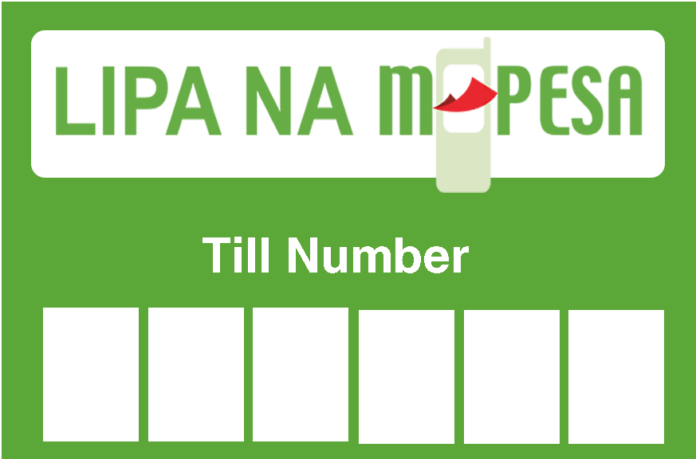By Bizna Brand Analyst
Safaricom’s “Lipa Na Mpesa” is a great option of payment but it should be banned from supermarkets and all other places with long queues. It’s always convenient to the person using the payment option as they don’t have to carry cash, but it’ always bad news for everyone else In the queue. People using ‘Lipa Na Mpesa’ generally take up to five minutes at the cashier’s place. Some customers are too slow to enter in the details and as if that’s not bad enough, confirmation messages take a while before appearing. Those trying to key in the business number and the amounts on their phones never realize it, but people behind them are always cursing out and opting to move over to other queues.
Read more: 6 Passive income investment options in Kenya
This is not to say that ‘Lipa Na Pesa’ is a bad payment option. It is to say that it is a slow payment option and should only be implemented where time is not of the essence. There are many other product and service industries that work well with Lipa Na Mpesa. From restaurants to Pay TV and even ticketing. But when it comes to places with queues, it’s a big no. Waiting in a queue is not a pleasant task and retail stores know it well.
I believe the best payment methods in supermarkets are either credit cards o cash, until we introduce smartphone checkouts the way developed countries are doing, we should stick to what works best for us.
Millionaire mindset: Make your first million by doing these 5 things
Smartphone checkouts make use of an app that lets shoppers scan their products in app and walk out of the store without waiting in line to check out with a cashier.
These apps let shoppers scan items as they shop. When they are done shopping, consumers pay for what they scanned in the app, receive approval from a store manager and then can leave the store without having to wait in the checkout lane.
Here’s a detailed breakdown of just how it works: A shopper downloads the grocery store’s app and creates an account, which includes saving a credit or debit card in the app. A shopper uses her smartphone’s camera and the app to scan bar codes on products. For produce, a shopper looks up and enters the item number for each product in the app. She also adds the weight of the produce, as she would at a traditional, stationary self-checkout terminal.
When the consumer is finished shopping, she visits a stand at the store that is equipped with a pole with a sign displaying a QR code and a blue light on the end. In the app, the shopper hits a button indicating she is done shopping. She uses her smartphone to scan the QR code on the pole. Once a shopper interacts with the pole, the FutureProof system pages a store manager for a bag check. The store manager has an employee-facing app, which will send him a list of items the shopper is purchasing and a list of items to check for in the shopper’s cart. The check list is a small percentage of the shopper’s purchase, based on the number of items in her cart, the price of the products and the store’s data on products that are typically stolen.








